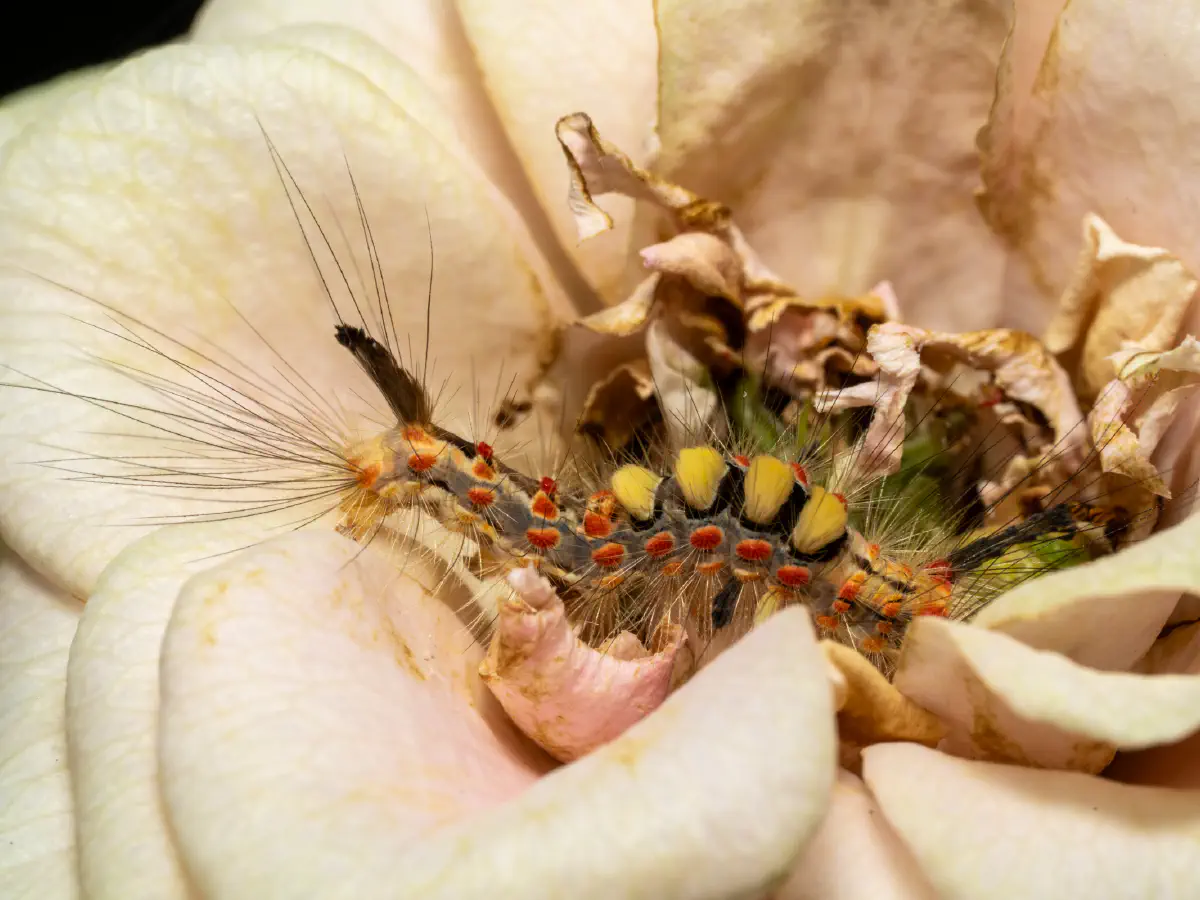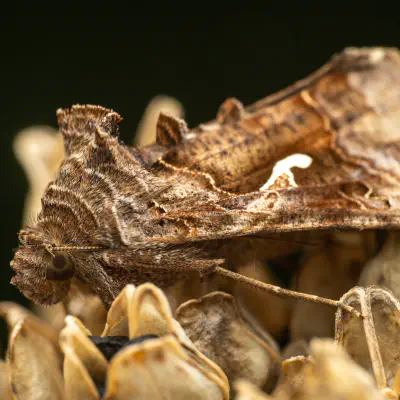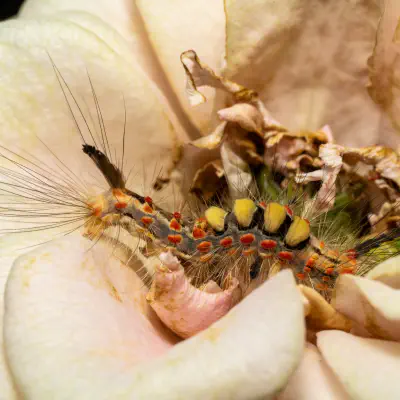The etymology of "gypsy moth" is not conclusively known; however, the term is known to have been in use (as 'Gipsey') as early as 1832. Moths of the subfamily Lymantriinae are commonly called tussock moths due to the tussock-like tufts of hair on the caterpillars. The name Lymantria dispar is composed of two Latin-derived words. The generic name Lymantria means 'destroyer'. The species epithet dispar means 'to separate' in Latin; it refers to the sexual dimorphism observed
in the male and female imagines. In July 2021 the Entomological Society of America decided to remove the name "gypsy moth" from its Common Names of Insects and Related Organisms List as "hurtful to the Romani people", since gypsy is considered an ethnic slur by some Romani people. In January 2022, the new common name "spongy moth" was proposed, as a translation from the French name "spongieuse" for the species, referring to the sponge-like egg masses
laid by L. dispar. The name Gypsy is widely embraced by Roma people as a self-referenced demonym in Europe. There has been no similar call to change the insect's name in its native area.



